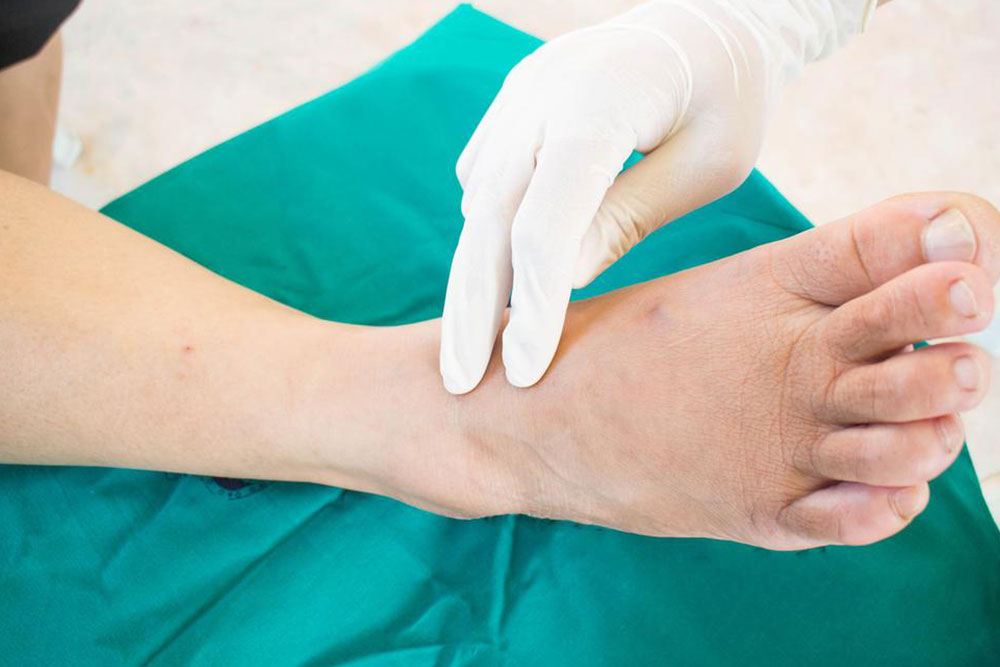How is gangrene treated in its early stages
Gangrene is a form of decay develops because the body is unable to deliver blood to some tissues situated in a specific part of the body. Some of the most common causes of gangrene are infections, trauma, diseases which affect the arteries, etc.
To gain effective and timely treatment, you should be aware of the early signs of gangrene. This because as the stages of gangrene advance, they can even cause amputation or death.

- A wound or an infection that doesn’t get better
- Fever that isn’t subsiding
- Increased heart rate
- Discoloration of the affected part which eventually turns darker and drier
- Blisters which may contain discharge or are bleeding
- Vomiting
- Peeling of the skin with a visible line forming between the healthy and infected skin
- Infected area appearing to be shiny
- Coldness and loss of sensation in the affected area
Based on the causes, the early signs of gangrene can occur in diverse combinations for every patient. Instantly get in a touch with your general practitioner or specialist, if you observe any of these initial signs of gangrene.
The doctor will diagnose gangrene with the help of medical history and signs. Some of the methods that your GP may use are blood tests, x-rays, MRI scans, lab tests of the infected tissue, etc.
Treatment of gangrene in its early stages
If your condition is identified in its initial stage with the help of early signs of gangrene, then the following treatment methods will be used.
- Antibiotics If the doctor diagnoses a bacterial attack, then you will be prescribed antibiotics to fight them off. These can be introduced in your system intravenously or via blood by using a needle.
- Hyperbaric oxygen chamber In this procedure, the doctor will isolate the patient in an oxygen-rich chamber that can aid in decelerating the gangrene growth. Subsequently, the damaged skin receives pure oxygen, and it gets an opportunity to initiate the healing process.
- Vascular treatment For patients suffering from poor blood circulation, especially the ones with diabetes have to opt for vascular surgeries to treat gangrene. This type of treatment involves unblocking the arteries or veins so that the body’s circulation levels could be normalized.
- Tissue debridement This type of treatment requires the elimination of infected tissues. This facilitates the growth of healthy tissues around the affected area and ceases any further spread of bacteria.
To prevent gangrene from reoccurring, you will have to adopt healthy nutritional regime, hygiene practices as well lifestyle changes.


